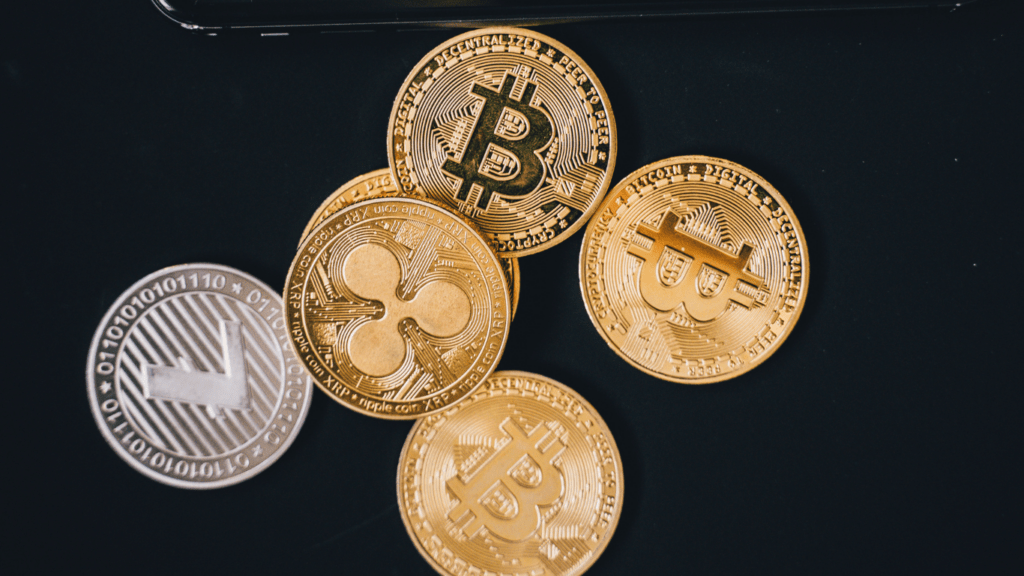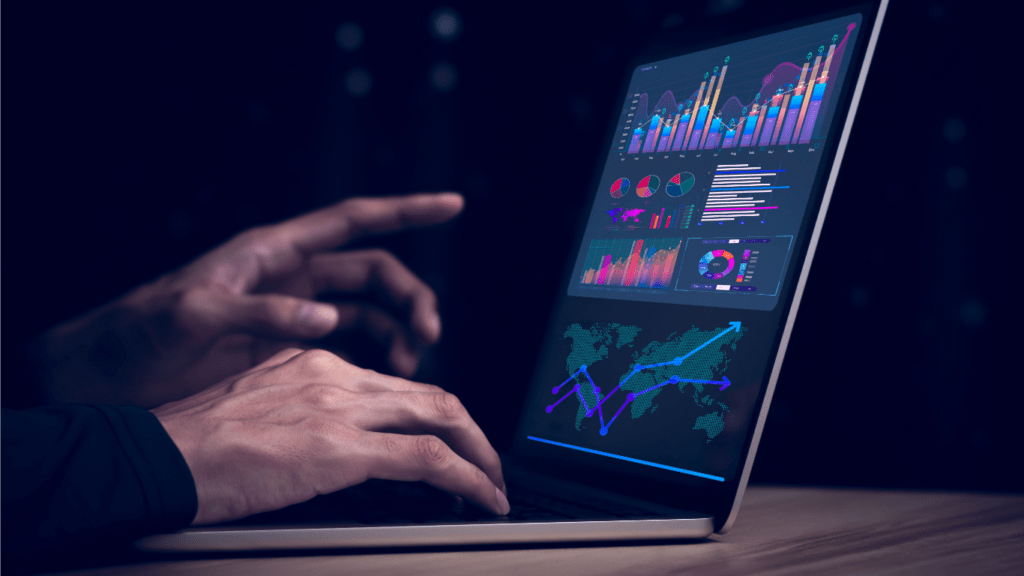Understanding NFTs: Basics for Beginners
NFTs, or Non-Fungible Tokens, have become a buzzword in digital spaces. Let’s explore what NFTs are and why they’re gaining traction.
What Is an NFT?
An NFT is a unique digital asset verified using blockchain technology. Unlike cryptocurrencies such as Bitcoin, NFTs cannot be exchanged on a one-to-one basis, hence “non-fungible”.
Each NFT has distinct information or attributes that makes it unique. Common examples include digital art pieces, music files, and virtual real estate.
- Ownership Authenticity: NFTs provide proof of ownership, which is verifiable and immutable due to the blockchain.
- Monetization: Artists and creators can monetize digital works easily by selling NFTs.
- Scarcity: Limited editions and exclusivity of NFTs create a sense of rarity, driving demand.
- Innovation: The novelty and tech-forward nature of NFTs attract early adopters and tech enthusiasts.
Preparing to Buy Your First NFT
To buy your first NFT, you need to take several preparatory steps ensuring a smooth transaction.
Setting Up a Digital Wallet
First, set up a digital wallet to store your cryptocurrencies securely. Choose a reputable wallet provider like MetaMask, Trust Wallet, or Coinbase Wallet.
After selecting a provider, download the wallet app or browser extension. Follow the setup instructions, which usually involve creating a new wallet and securing it with a unique password and a seed phrase.
Safeguard your seed phrase since losing it means losing access to your wallet and funds.
Understanding Blockchain and Cryptocurrency

NFTs operate on blockchain technology, which ensures their uniqueness and ownership. Ethereum is the most popular blockchain for NFTs, though others like Binance Smart Chain and Flow also support them. Blockchain is a decentralized ledger that records transactions publicly, providing transparency.
Cryptocurrency powers NFT transactions, typically via Ether (ETH) on the Ethereum network. Purchase cryptocurrency through exchanges like Coinbase, Binance, or Kraken. After obtaining your cryptocurrency, transfer it to your digital wallet to ready it for NFT purchases.
Choosing the Right NFT Marketplace
Selecting an NFT marketplace involves understanding different platform features and determining which best suits your needs.
Popular NFT Marketplaces
Several NFT marketplaces have gained popularity. OpenSea is the largest, offering a wide variety of digital assets. Rarible allows users to create and sell NFTs, prioritizing community governance.
Mintable supports a wide range of NFTs and emphasizes ease of use, ideal for beginners. Each marketplace has unique attributes catering to different user preferences and requirements.
How to Evaluate a Marketplace
When evaluating a marketplace, consider its user interface and ease of navigation. Check the transaction fees, as they can vary between platforms.
Examine the range of digital assets available and the verification process used to ensure authenticity. Security measures, such as two-factor authentication and encrypted transactions, are crucial for protecting your investments. Look for user reviews to gauge reputation and customer experiences.
The Buying Process
Understanding the buying process is crucial for a successful NFT acquisition. Each step ensures you make informed decisions when entering the NFT marketplace.
Searching for NFTs
Start by identifying your interests. Platforms like:
- OpenSea
- Rarible
- Mintable
host NFTs across various categories such as art, music, and gaming.
Use the marketplace’s search and filter functions to narrow down options based on criteria like price, creator, or popularity. For example, you can filter by digital art collections or specific artists you admire.
Assessing NFT Value and Authenticity
Evaluate the NFT’s unique attributes. Check creator credentials, past sales, and community feedback to gauge value. Platforms like Etherscan verify transaction history on the blockchain, ensuring authenticity.
Look for limited edition markers or special features that enhance scarcity. For instance, a limited-run digital artwork will generally command higher value.
Making Your First Purchase
Ensure your digital wallet is funded. Convert your fiat currency to Ether (ETH) on exchanges like Coinbase or Binance. Select the desired NFT, then confirm the purchase by signing the transaction in your wallet.
Fees will apply; account for these in your budget. After purchase, the NFT appears in your wallet, ready for display, resale, or personal enjoyment. Examples of first purchases might include collectible digital cards or music files.
After Your Purchase
After your NFT purchase, it’s essential to understand how to manage your asset and consider future trends in the NFT space.
Managing Your NFT
Storing NFTs securely ensures long-term value. Use a reputable wallet like MetaMask or Trust Wallet, both of which support NFT storage. Back up your wallet’s private keys or recovery phrases to prevent loss.
Monitor your NFT’s market value. Platforms like OpenSea and Rarible provide real-time valuation. Track trends and sales data to stay informed about market shifts.
Consider displaying your NFT. Digital frames or virtual galleries can showcase your digital assets. Platforms like Decentraland and Cryptovoxels offer virtual spaces for exhibitions.
Future Considerations in the NFT Space
Stay updated on NFT and blockchain technology advancements. Follow authoritative sources like CoinDesk or CoinTelegraph for reliable news. Understanding evolving trends can guide your investment decisions.
Explore the potential of NFTs in various sectors. Beyond art, NFTs find applications in gaming, virtual real estate, and intellectual property. Diversifying your NFT portfolio can mitigate risks and maximize returns.
Engage with the NFT community. Participate in forums like Reddit’s r/NFT or Twitter spaces to connect with other NFT enthusiasts. Networking provides insights and opportunities.
Considering these aspects post-purchase helps maximize your NFT experience and prepares you for future developments in the digital asset landscape.






